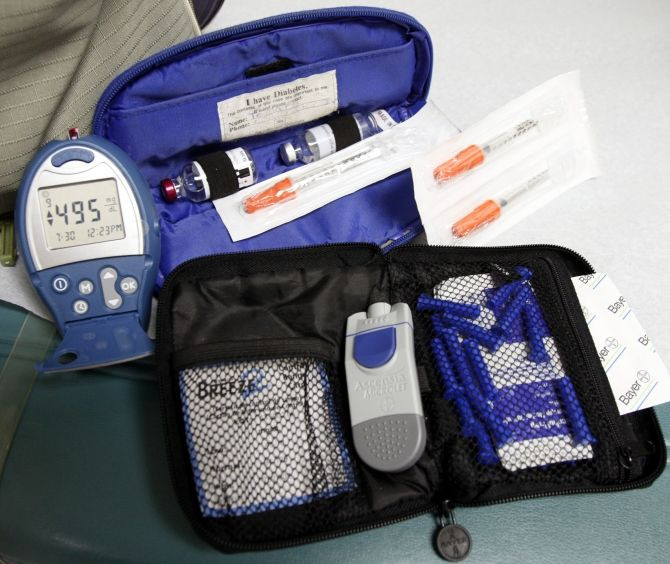Computer Can Assist in Monitoring of Blood-Sugar Levels Better Than a Nurse

Researchers have developed a computer software program that was more effective at controlling blood-sugar levels than nurse-directed care.
Called the LOGIC-Insulin, the computer program was developed as a way to monitor blood-sugar levels among critically ill patients. While insulin treatments work well, they are quite difficult to determine how much one should use. If patients receive too little insulin, they may suffer from hypoglycemia, which means that their blood-sugar levels plunge to dangerously low levels. If hypoglycemic patients go untreated for too long they can suffer from seizures, lack of consciousness and even death.
The study was conducted on 300 patients. While high blood sugar levels are commonly associated with diabetes it can occur in idividuals who are critically ill and when that happens it is called "diabetes of injury". In the trial, a third of the patients had diabetes, 60 percent were male, and the average age was 63. All of the patients had been admitted into the intensive care unit due to serious medical complications or due to heart or other surgeries.
The trial was led by Dieter Mesotten, MD, PhD, assistant professor at the Catholic University Leuven in Belgium.
Compared with the control group, which received insulin treatment from expert nurses, the group whose blood-sugar levels were monitored by LOGIC-Insulin were less likely to suffer from hypoglycemia and also spent more time in the study’s targeted blood-sugar range, 80 to 110 mg/dL. The LOGIC-Insulin group also had less of a difference between minimum and maximum blood sugar levels, which meant that there was less blood-sugar variability.
The researchers tout the study as a success for the idea that computer-directed algorithms can safely monitor and control blood-glucose levels. They hope that it can ultimately improve the outcome of critically ill patients.
Researchers hope for many more similar trials to follow administered by medical professionals. The researchers believe that it can usher in a new era of computer-aided technology in helping patients.
The results were presented at the Endocrine Society’s 94th Annual Meeting in Houston and should be considered preliminary until published in a peer-reviewed journal.
Published by Medicaldaily.com



























